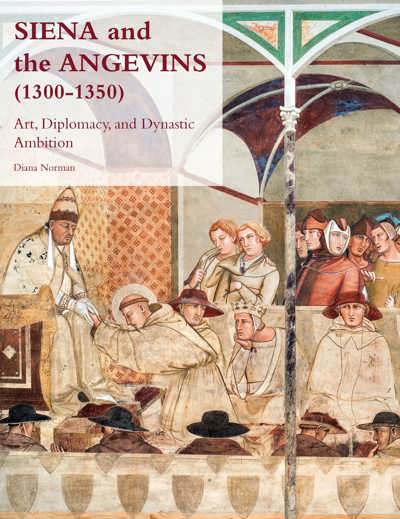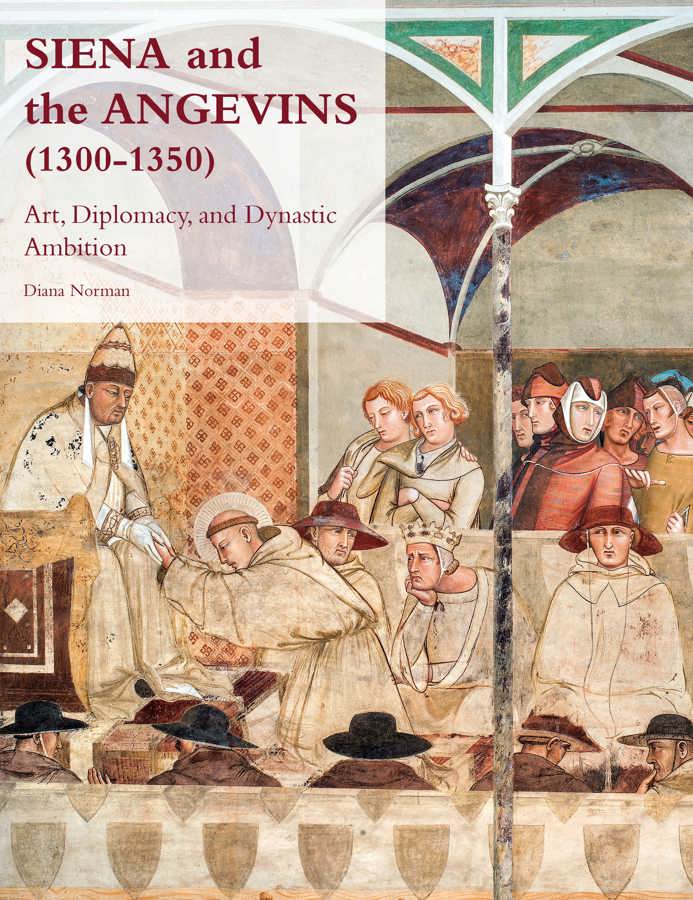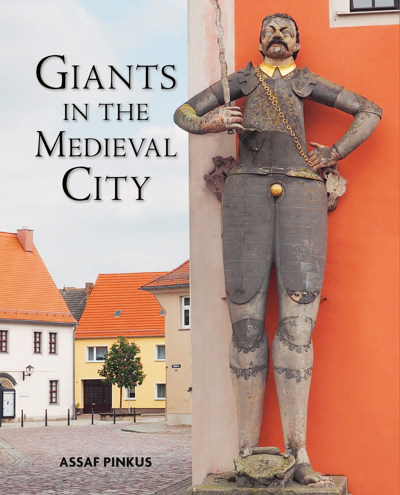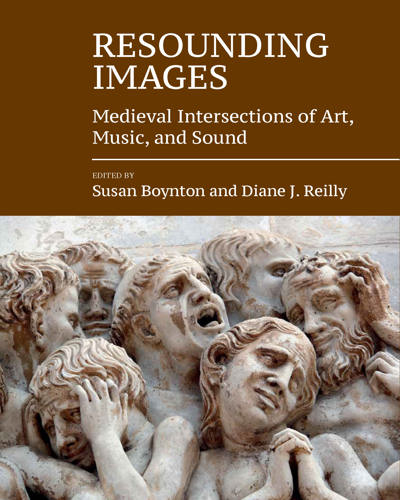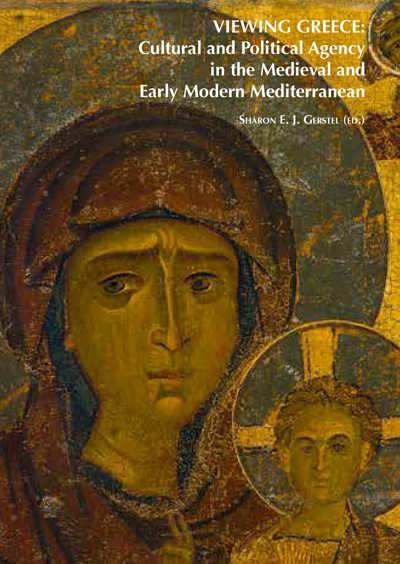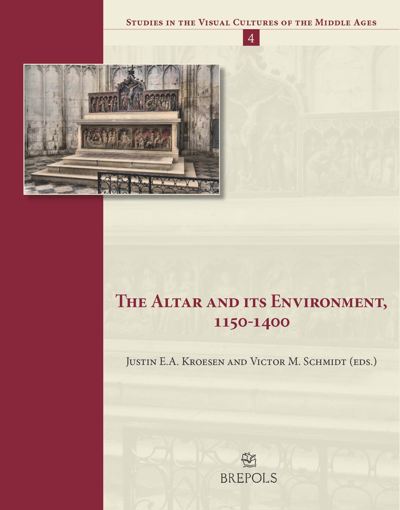
- Pages: iv + 272 p.
- Size:220 x 280 mm
- Illustrations:55 b/w, 50 col., 4 tables b/w.
- Language(s):English, Italian
- Publication Year:2018
- € 140,00 EXCL. VAT RETAIL PRICE
- ISBN: 978-2-503-57436-3
- Hardback
- Available
Based on extensive new research, this book explores the distinctive political and diplomatic relationship between the late medieval city of Siena and the Angevin royal family of Naples and the ways in which this relationship impacted upon the production and dissemination of Sienese art during the first half of the fourteenth century.
“This book marks an important turn in the study of the Neapolitan Angevins (…) This well-produced volume is richly illustrated in color and black-and-white images of manuscripts, painting, sculpture, and architecture (…) Her study will become a touchstone in the ongoing reassessment of Naples’s place in Trecento Italy.” (Ronald G. Musto, in Renaissance Quarterly, LXXII/4, 2019, p. 1486-87)
“(…) Norman’s book in its final, highly and strategically illustrated form goes beyond the archival as well as beyond the regional; indeed, it goes “global medieval” in the best ways, revealing the wide, multinational network of the Angevins in the Trecento (…) This excellent study shows that, along with the provender of the archives, the fruits of the long global turn in the field, finally ripe, are only beginning to be harvested.” (Henrike Christiane Lange, in Speculum, 95/4, 2020, p. 1217)
“This handsomely-produced and beautifully-illustrated book pieces together the interactions, as currently known or conjectured, between members of the Angevin dynasty and the government, citizens, and artists of Siena. It gives us the opportunity to reflect on connections between political power, the exercise of diplomacy, dynastic ambitions, the artistic preferences of members of the Angevin family, and the growing prestige of Sienese art. It draws attention to different ways in which Angevin patronage might affect the trajectory of an individual artist's career. Most importantly, it ensures that future work in the dynamic field of Angevin studies will give due weight to the role played by the city state of Siena, from which some of the most talented artists in the service of its court originated.” (Joanna Cannon, in The Medieval Review, 20.10.02)
“The book is well produced with over a hundred illustrations, most of them in colour. It is well written and clearly set out and serves a useful purpose in bringing together elements that are usually considered separately, providing a judicious interpretation of the fruitful political and artistic relationship of Siena and the Angevins of Naples.” (Christine Meek, in Mitteilungen des Instituts für Österreichische Geschichtsforschung, 128/2, 2020, p. 444)
Diana Norman studied art history at the University of London and taught in the Department of Art History at the Open University, Milton Keynes. She is currently Emeritus Professor of Art History. Her publications include numerous articles and essays on medieval and early modern Italian art and two major books, 'Siena and the Virgin: Art and Politics in a Late Medieval City State' and 'Painting in Late Medieval and Renaissance Siena, 1260-1555'.
Between 1289 and 1327 Siena witnessed a series of lavish ceremonial events marking the visits to the city of successive Angevin kings and princes, members of the French dynasty that ruled the whole of southern Italy. The reason for these magnificent civic rituals was Siena’s status as a Guelph city state closely allied both to the papacy and to the kingdom of Naples. Based on extensive new research, including unpublished archival material, Diana Norman explores in detail the nature and extent of this distinctive political and diplomatic relationship and the ways in which it impacted upon the production and dissemination of Sienese art during the first half of the fourteenth century. In so doing, she demonstrates that this relationship not only informed the conception and resolution of a number of major pictorial schemes for key civic sites in Siena itself, but that it also familiarised the Angevin royal family with the quality of contemporary Sienese art. This, in turn, led to the employment of Sienese artists by the Angevins and to the production of significant images that commemorated various members of the dynasty. In this beautifully illustrated book, works of art executed by well-known fourteenth-century artists - including Simone Martini, Ambrogio Lorenzetti, and Tino di Camaino - are examined in a new light, together with other finely crafted objects produced by lesser known artists, all of whom contributed to this hitherto over-looked example of late medieval cultural exchange.
